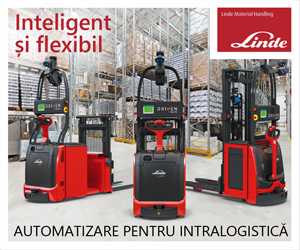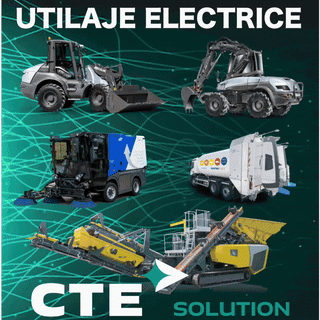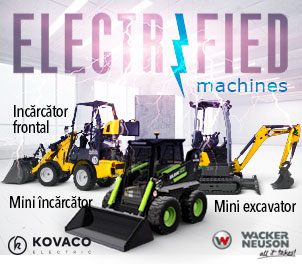Liebherr extends product portfolio with rough-terrain cranes
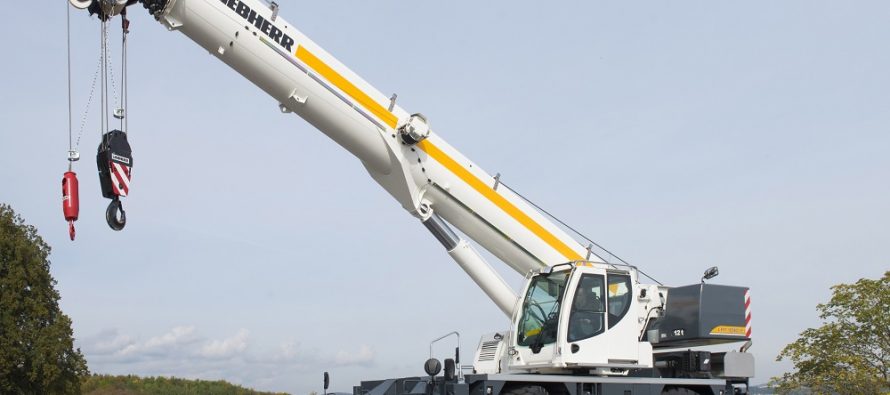
Related Articles
Liebherr has extended its mobile crane product range with an additional series of rough-terrain cranes in the 90- tonne and 100-tonne classes. The Liebherr Rough-Terrain cranes LRT 1090-2.1 and LRT 1100-2.1 will be unveiled to the public at the Conexpo construction machinery trade show in Las Vegas in March 2017. They feature high performance, safety and comfort.
The market leader in all-terrain cranes and crawler cranes has supplemented its product portfolio with a series which Liebherr had in its range in the 1980s to the mid- 90s – rough-terrain cranes with a lifting capacity of 25 to 80 tonnes with the Liebherr designation LTL. The main focus at that time, however, was to round off the range of all-terrain and crawler cranes and build on the company’s global market leadership in these segments.
The development of the new generation of Liebherr rough-terrain cranes was preceded by extensive market surveys and analyses into the requirements for modern RT cranes, particularly in the main market of North America. In addition to the capacity of the cranes, their safety, particularly their safety resulting from ease of operation, was one of the main focal points for the development of the new cranes.
The two newly designed LRT cranes are based on the same basic technical concept. The crane chassis and turntable are almost identical. The differences relate to the boom length, telescoping technology, ballast weight and lifting capacity.
“Safety first” – safety equipment sets new standards
High safety levels in every aspect were the main priority for the design of the new Liebherr LRT cranes. Both new crane models feature an outrigger monitoring system as standard. The support status, on tyres or outriggers, is detected automatically and saved to the crane controller. The attachment of the ballast to the turntable and the installation of the optional double folding jib including its angle adjustment are also recorded and monitored.
The VarioBase variable support base developed by Liebherr as standard on the new LRT cranes makes an important contribution to enhancing safety. VarioBase allows each individual outrigger beam to be extended to arbitrary lengths. The crane work is controlled by the load moment limiter within the LICCON controller which calculates the maximum load capacities precisely for the current situation. This prevents accidents by human error during the assembly process and when hoisting loads. VarioBase also provides greater flexibility on site. As a result of the increased lifting capacities when hoisting over the supports, the crane can hoist loads normally reserved for the next higher crane class.
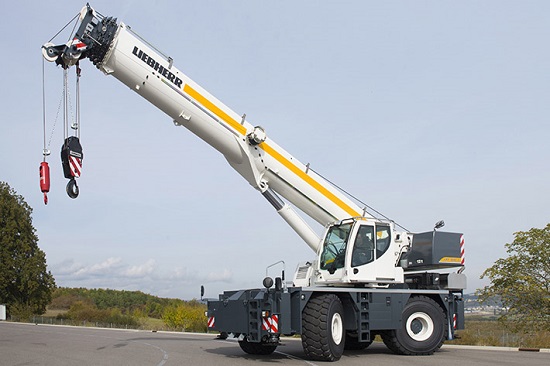
Safety is also enhanced by providing greater comfort for the crane operator. For example, the crane cabin is 220 mm (8.5″) wider than other standard cabins on the market. It can be tilted backwards to provide greater comfort when hoisting loads to great heights. Clear, self-explanatory controls make the crane easy to handle. They allow the crane operator to concentrate on the main focus of his job, working with the crane and the load. A cooler and USB charging socket are standard features in the cabin.
Excellent off-road capacity and low cost global transport
The new LRT cranes from Liebherr are powerful and robust, have good off-road capability and are also manoeuvrable. Both crane models are powered by a Cummins diesel engine which meets all current emissions regulations. The engine develops 194 kW and supplies a maximum torque of 990 Nm. A 6-speed powershift transmission from DANA and large 29.5 R25 tyres guarantee the required off-road capability for the cranes. Their maximum speed is 25 km/h. All-wheel and crab steering ensure easy handling and high manoeuvrability in constricted conditions.
The LRT cranes measure 3.87 m in height and 3.3 m wide and are transported on public roads with a low loader. Their curb weight is less than 55 tonnes with complete equipment including ballast or under 40 tonnes without ballast and without equipment. That means that the new rough-terrain cranes from Liebherr can be transported worldwide at low cost. The LRT 1090-2.1 and the LRT 1100-2.1 can be readied for use quickly and are easy to assemble once they have reached the site. The outrigger pads which remain inside the width of the vehicle contribute to this since they do not have to be removed for transport.
High lifting capacities with long telescopic booms
The 100-tonne LRT 1100-2.1 has a 50 m telescopic boom with a “Telematik” telescoping system on which the various telescoping sections can be extended independently with a single cylinder and then pinned to the telescopic section above. The telescoping system on the new rough-terrain crane is particularly simple and user-friendly as excellent lifting capacities over the entire radius range can be achieved with just two telescoping modes, Strong or Long. 14 tonnes of counterweights ensure high stability. The lifting capacity of the LRT 1100-2.1 is around 15% higher than that of the 90-tonne model which features 12 tonnes of counterweights. The LRT 1090-2.1 features a 47 m telescopic boom. Its telescoping system consists of a two-stage hydraulic cylinder with a rope extension mechanism. Like the 100-tonne model the boom can be extended easily with two telescoping modes, Strong or Long. The extension mechanism on both crane models has been designed for high telescoping lifting capacities.
A second winch and the rooster sheave are included as standard on the basic machine for two-hook operation. As an option a 10.5 – 19 m double folding jib can be installed on the telescopic boom. It can be attached at an angle of 0°, 20° or 40°.


